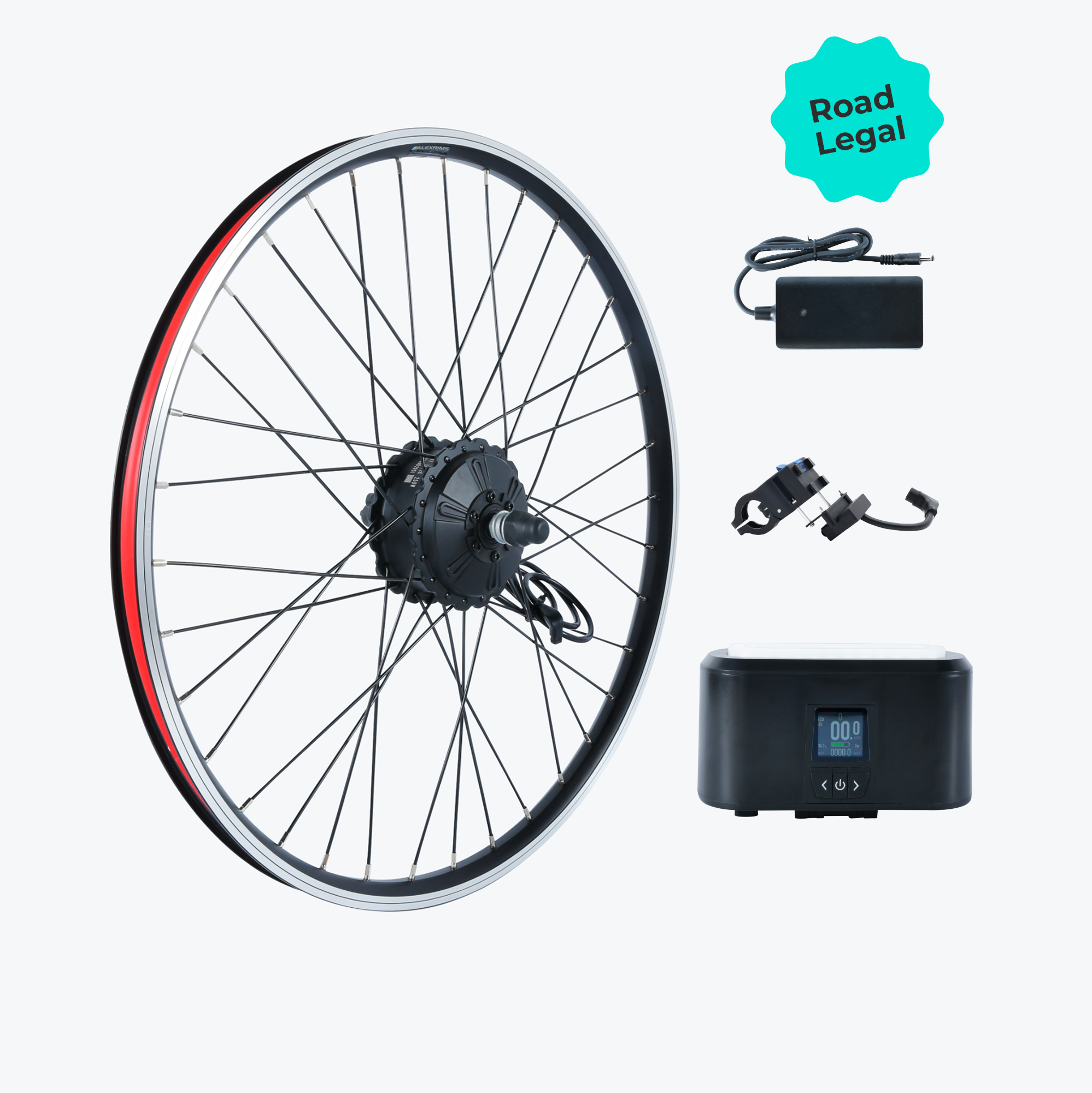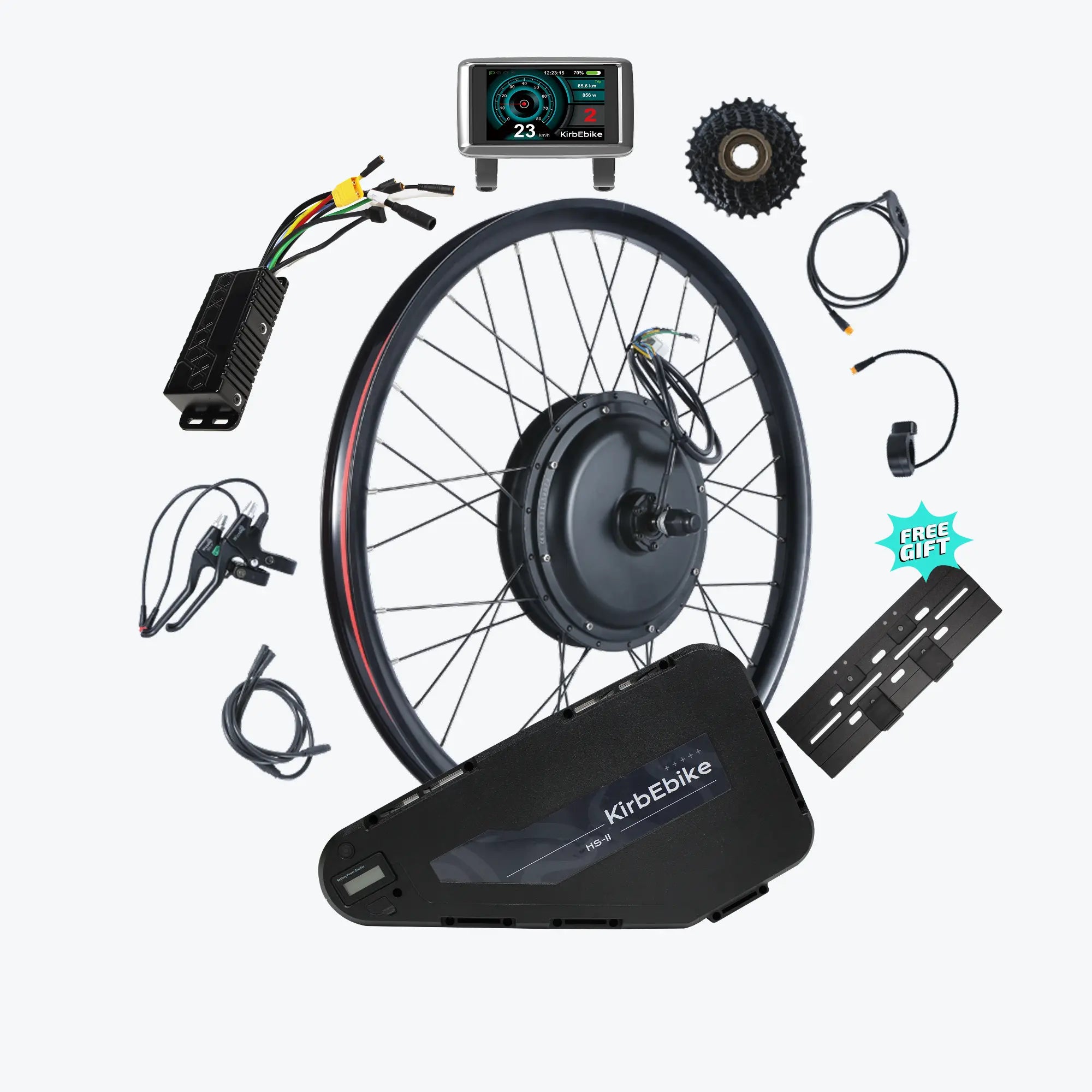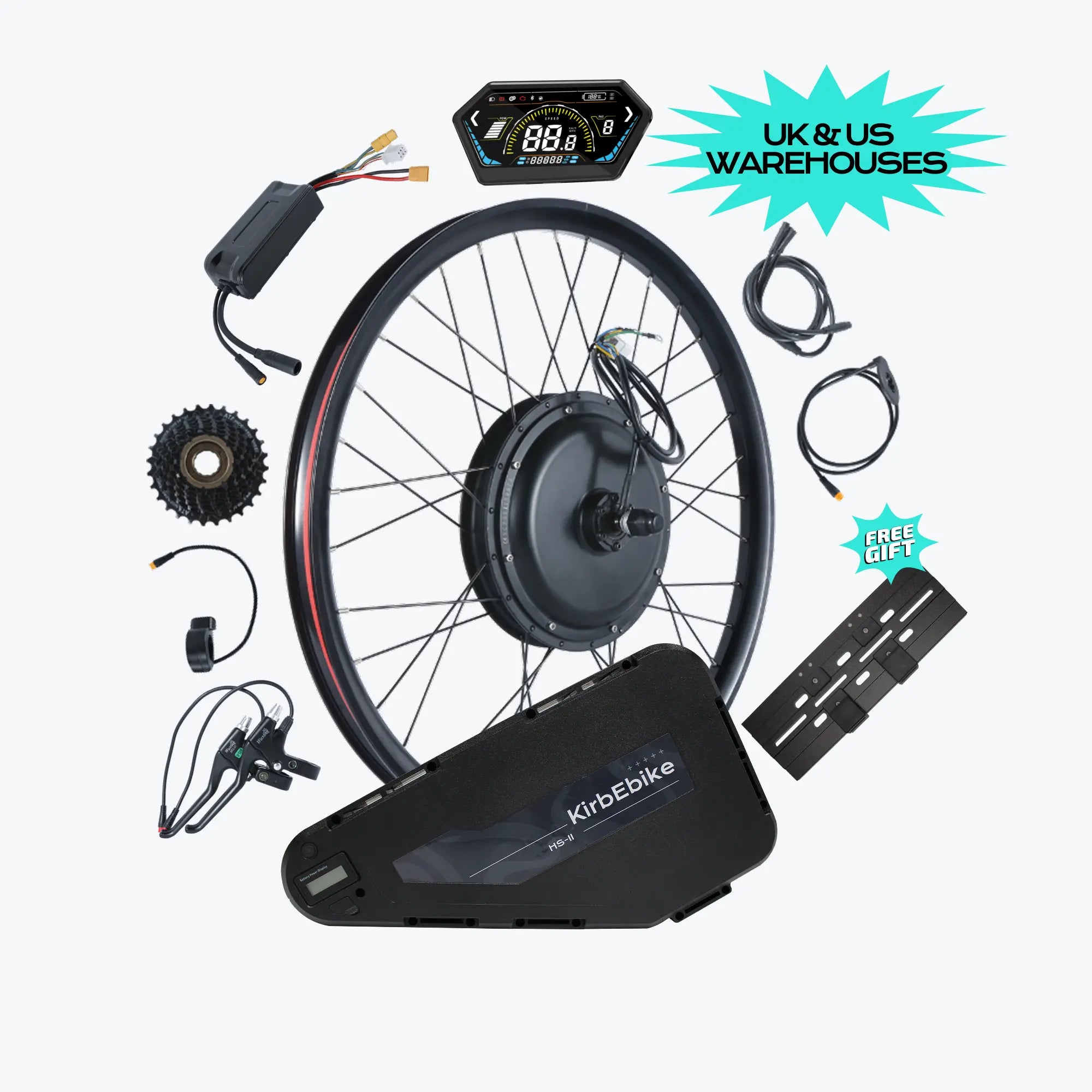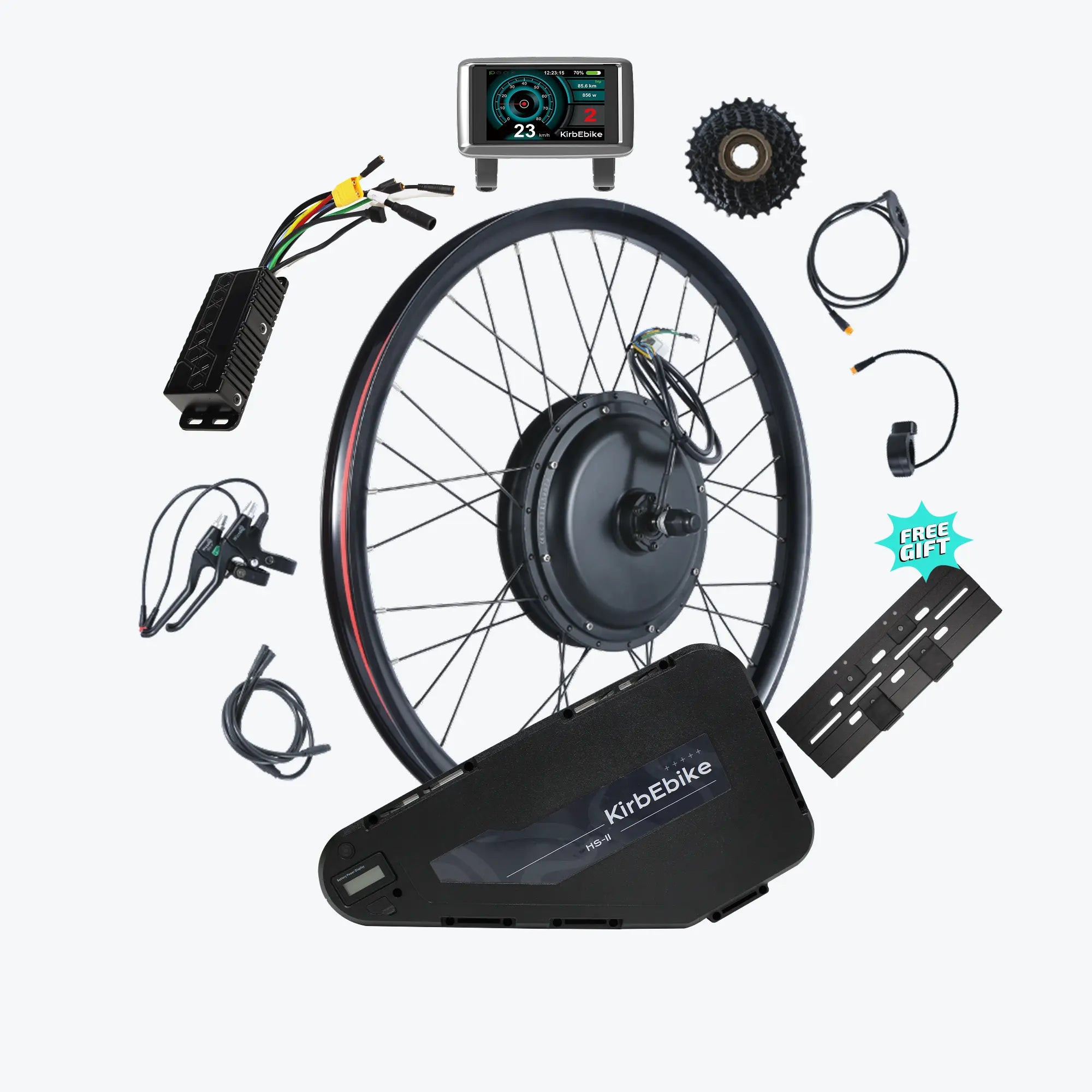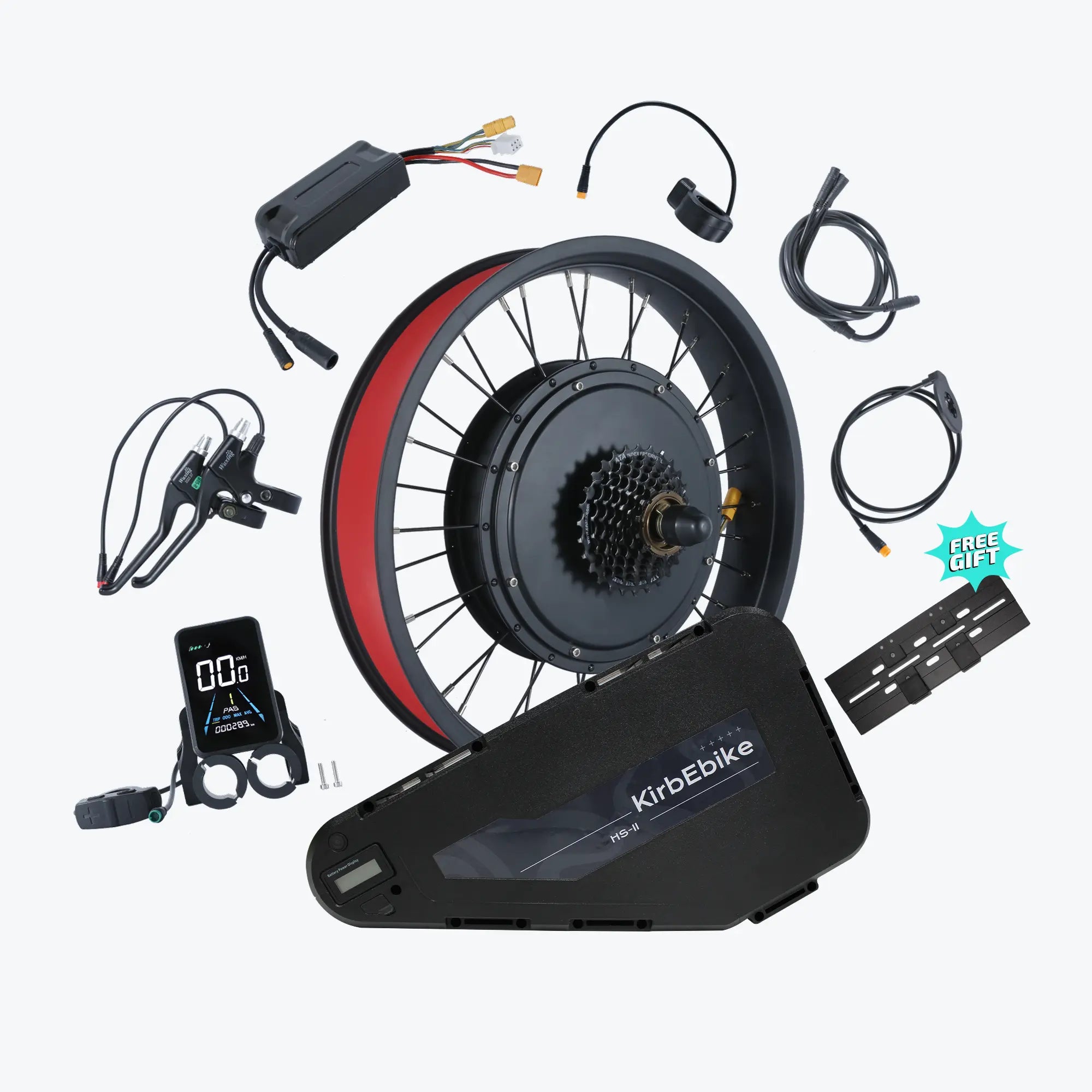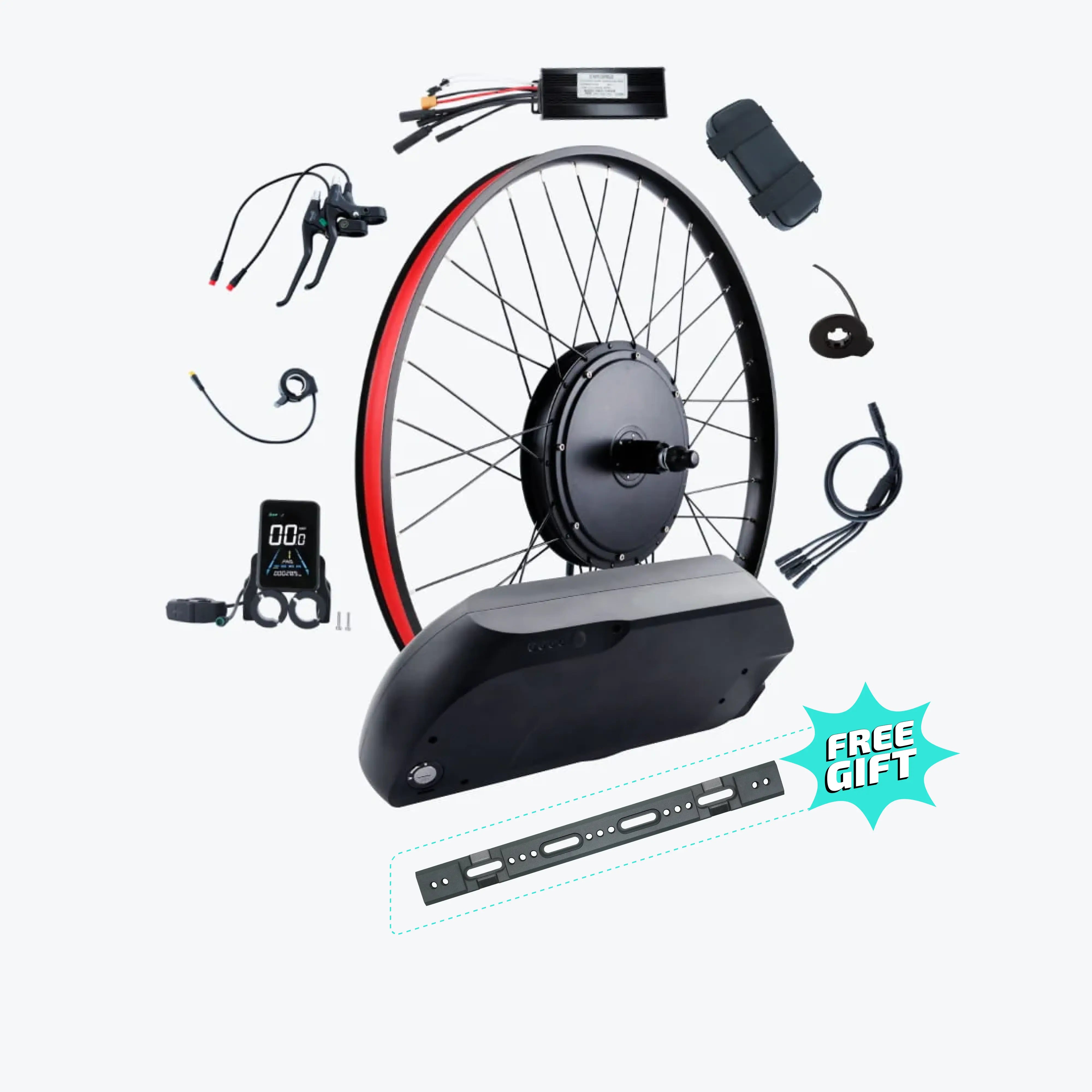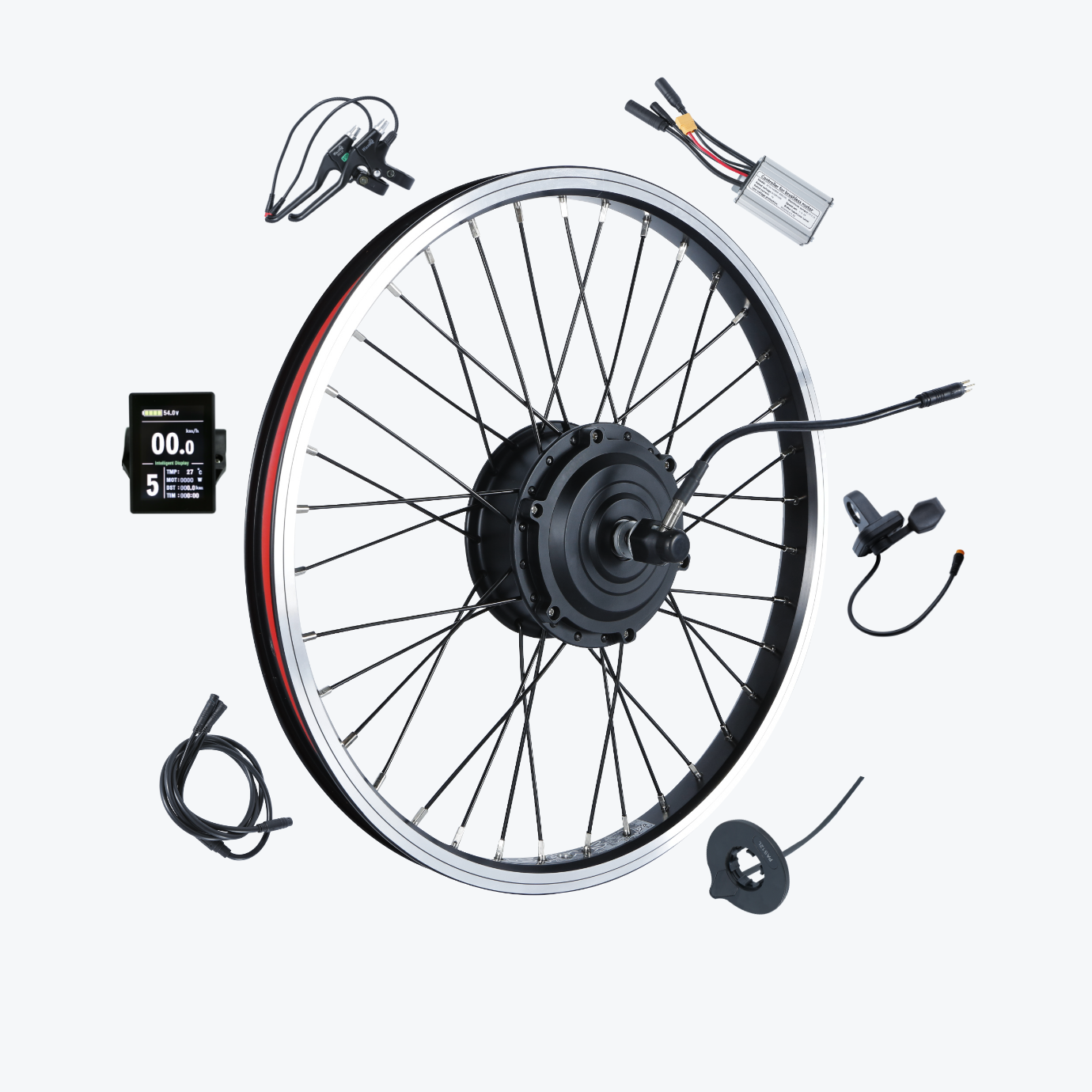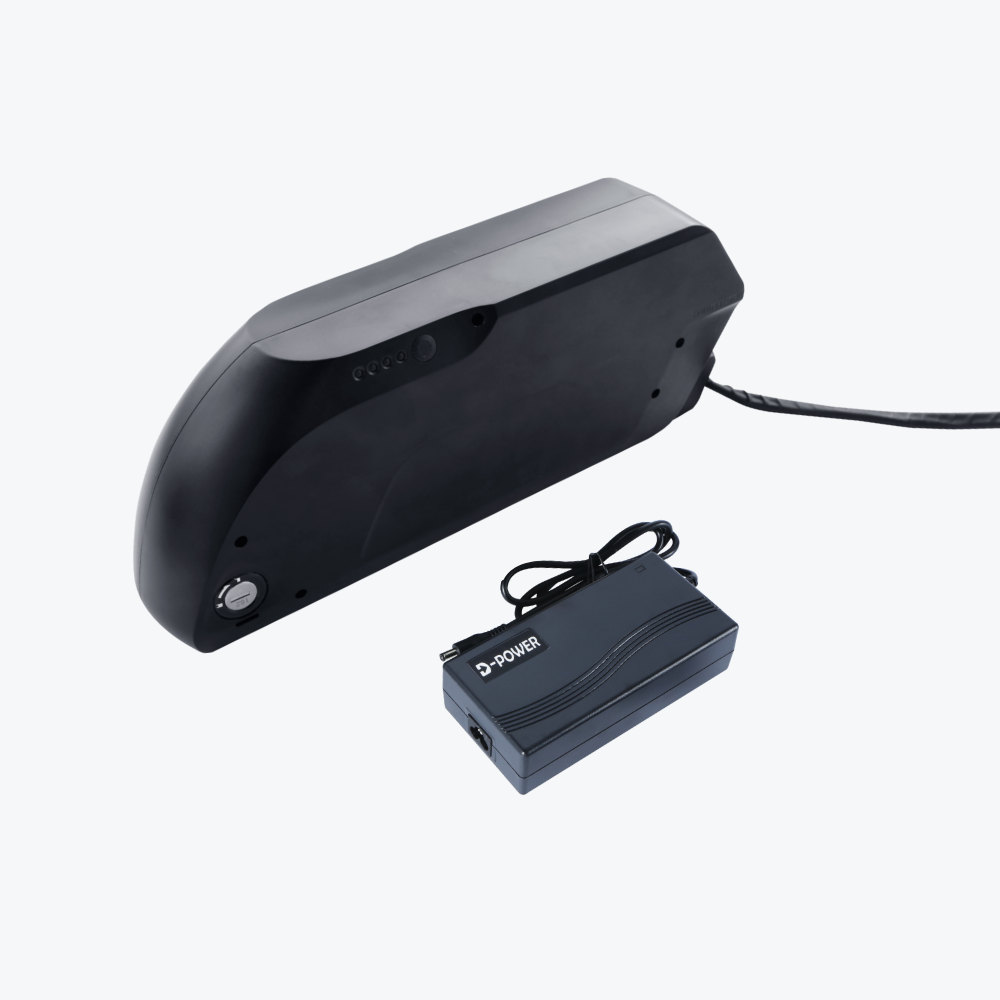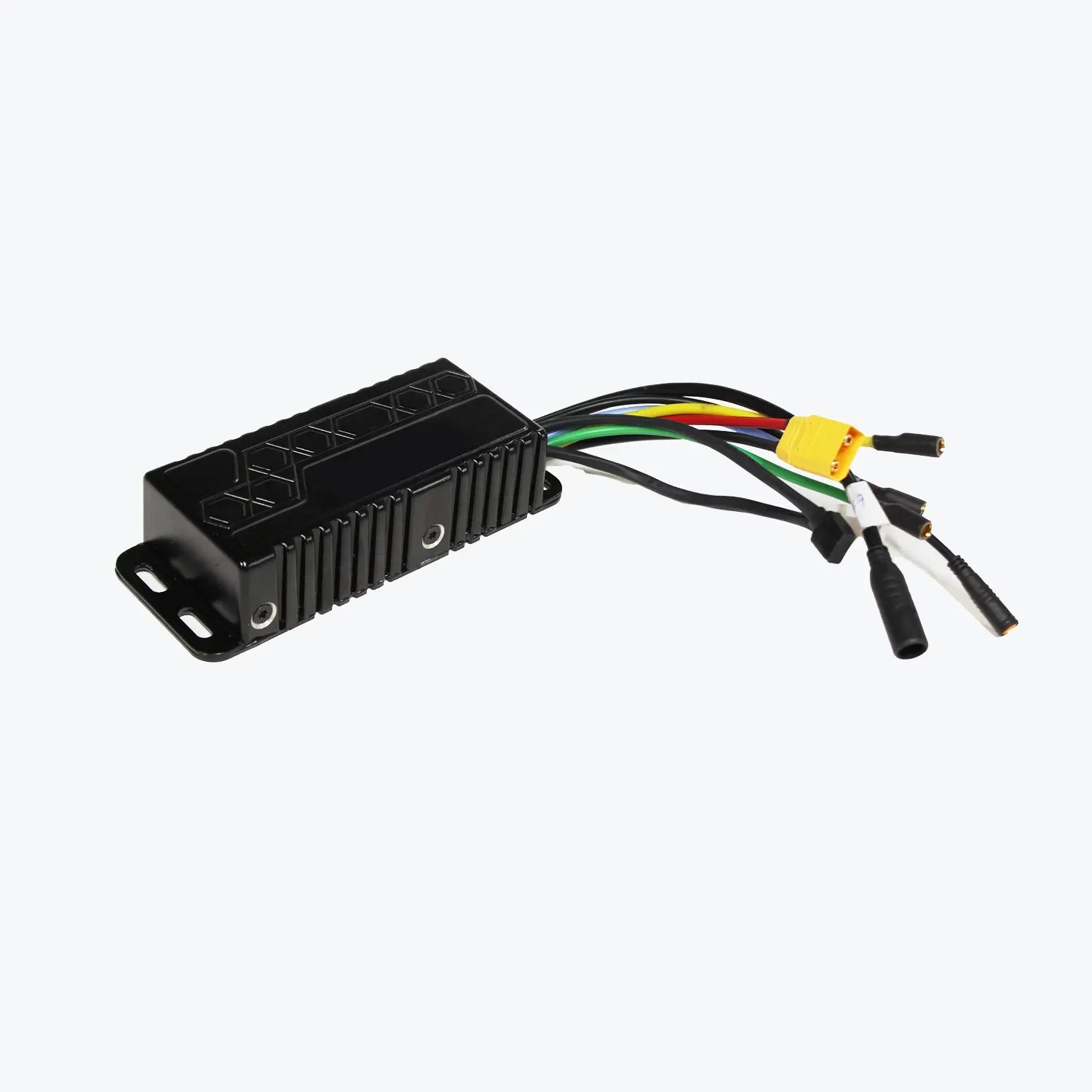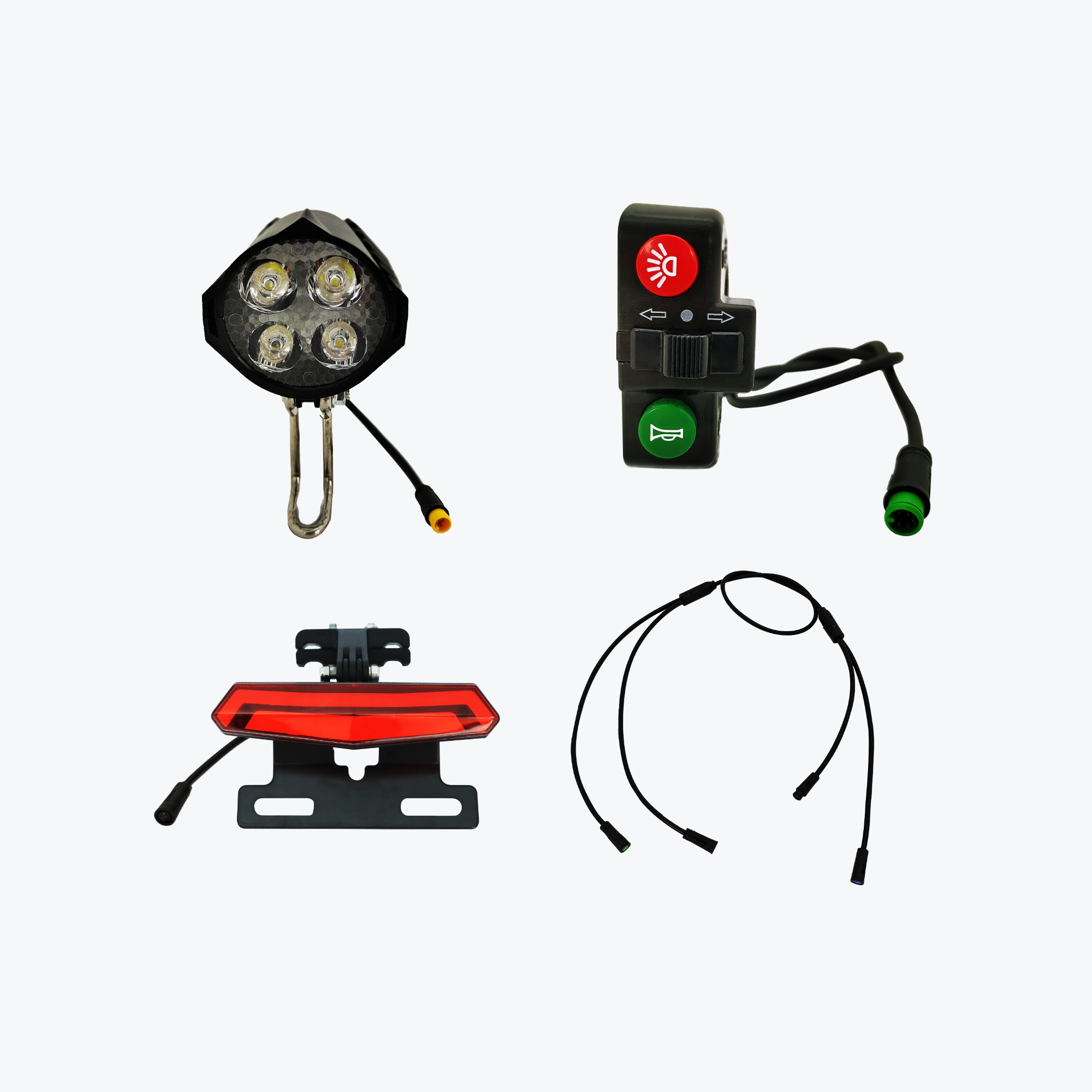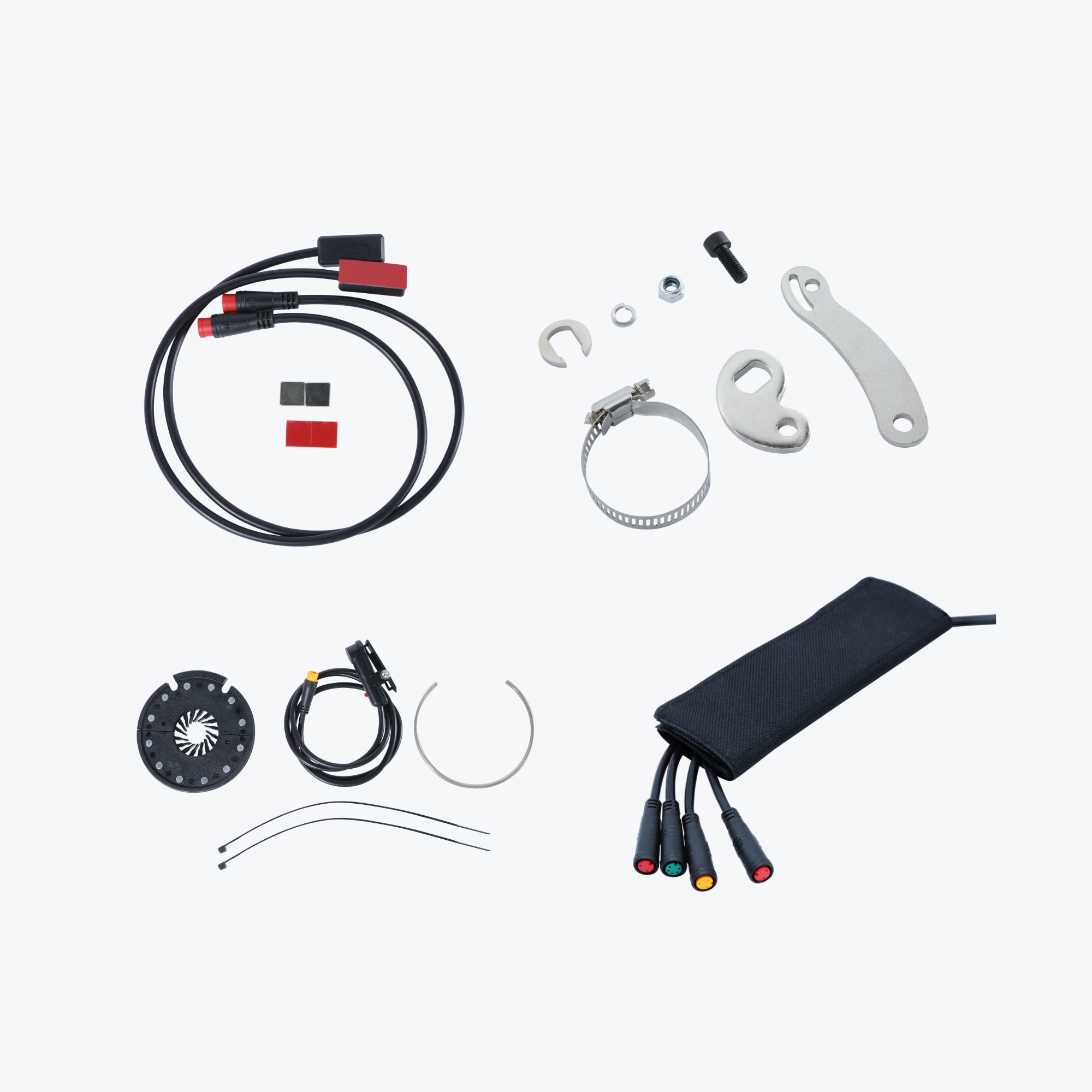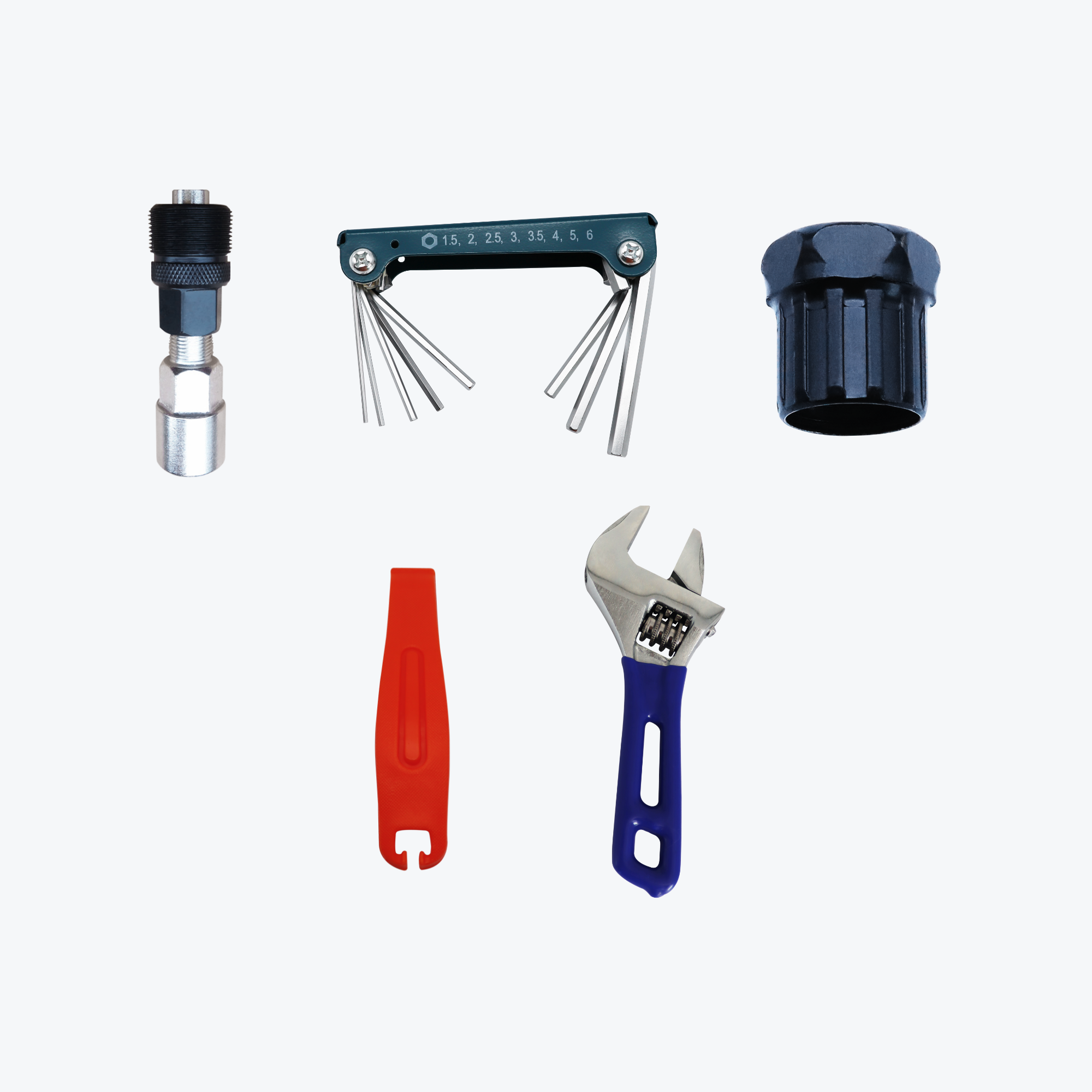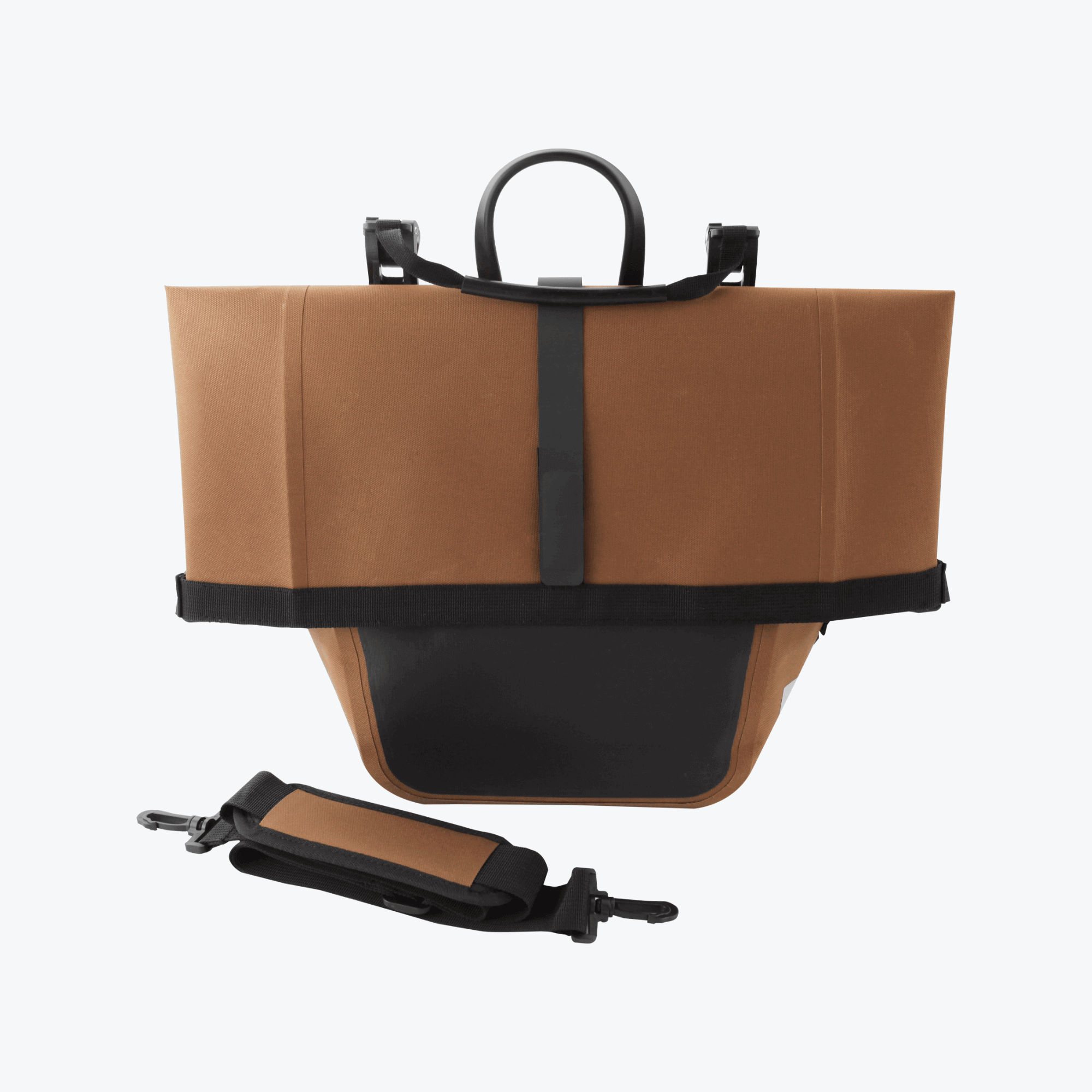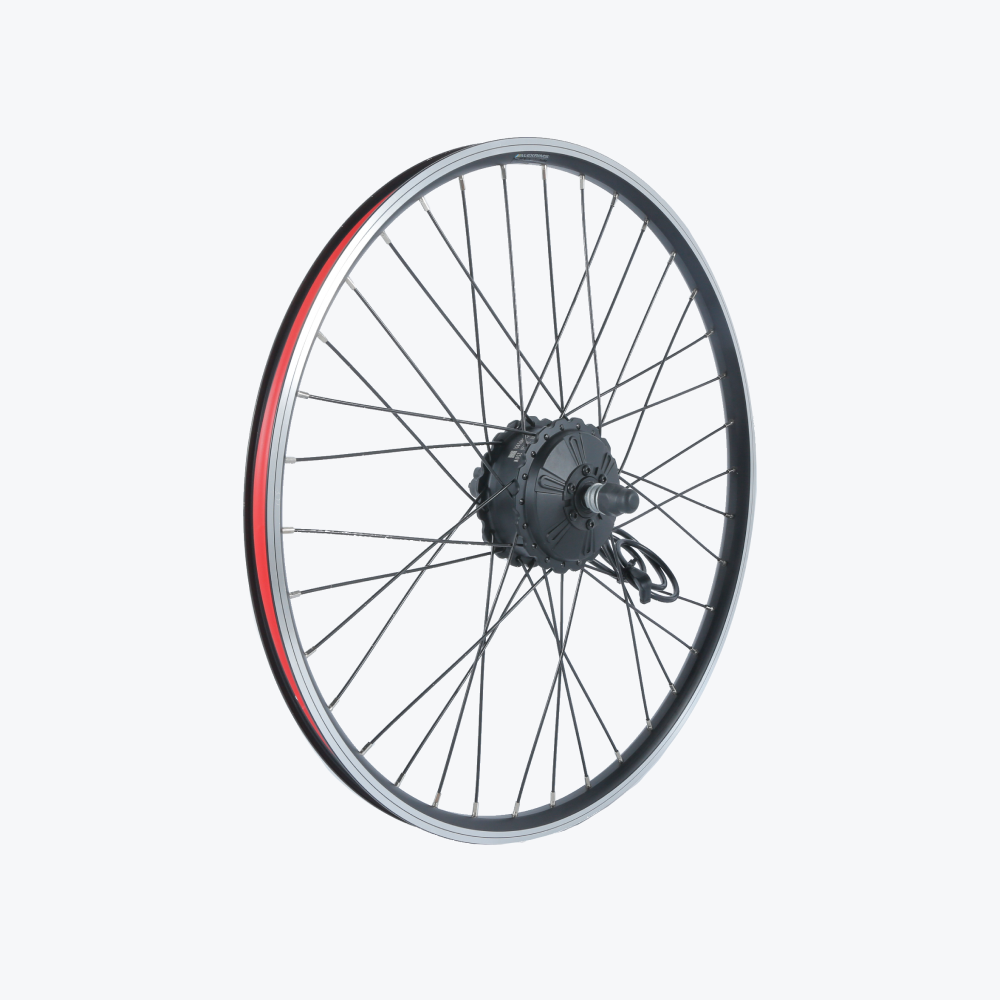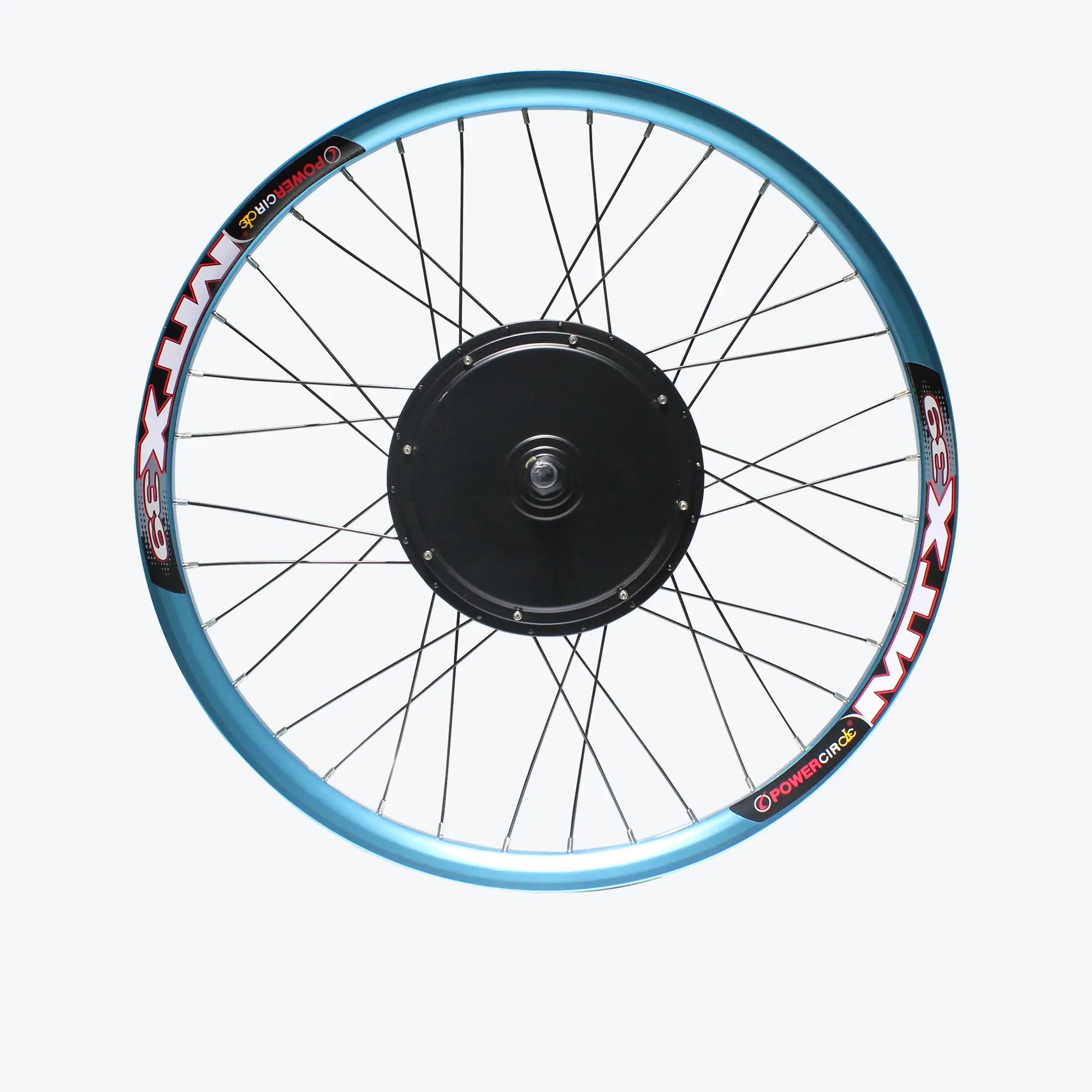Dual carriageways are about keeping the way free for you as a driver. It creates a physical barrier separating opposing lanes of traffic that keeps your trips smooth, more productive, and, therefore, enjoyable.
On the other hand, this scheme increases safety and narrows the possibility of head-on collisions. Learning the speed limits on these roads is a must to ensure your safety and avoid being on the wrong side of the law.
The speed limit reduces accidents and lowers the chances of keeping a driving environment that is risk-free for everyone. For people interested in electric bikes, KirbEbike provides different opportunities that can add to your knowledge of road safety and regulations.

What Is A Dual Carriageway?
The dual carriageway is a road type with two traffic lanes going in one direction and the other in opposite directions and a dividing barrier to separate them. It also lowers the probability of head-on collisions and promotes road safety throughout the system.
This is in contrast to, let's say, the single-carriageway type of roads where vehicles travel in the same direction. Still, without the divide, dual carriageways are considered a relatively safe and efficient way to deal with the vast traffic movement.
The primary goal of dual carriageways is to enable traffic to run smoother and faster, thereby cutting down congestion and reducing travel times.
Learn more: What is the Speed Limit for Electric Bikes in the UK?
Dual Carriageway Speed Limit
Various factors, including the road's security and effectiveness, determine dual-carriageway speed limits. Speed limits are adjusted considering the varying conditions of different road sections, which are also highly dependent on the risks of crashes and traffic flow.
Standard Speed Limit
The common speed limit on the dual carriageways range is usually 70 mph for cars and motorcycles. This limit sets the balance between safety and traffic flow efficiency, ensuring drivers can freely ride at a reasonable speed level without compromising their safety.
Heavy Goods Vehicles (HGVs)
The current speed limit on dual carriageways for high goods vehicles is above 7. 5 tonnes. However, most motorways and dual carriageways are restricted to 60 miles per hour or 96 km per hour. This lowered limit considers the larger support of bigger vehicles and the speed of smaller vehicles, hence the safer driving conditions.
Buses And Coaches
Buses and coaches, including those trailer-pulling, have their speed limit of 60 mph (96 km/h) on dual carriageways. This results in the traffic on roads where these larger passenger cars operate for the safety of other road users.
Car Towing Trailers Or Caravans
Car trailers or caravans can travel at 60 mph (96 km/h) on dual carriageways. The lower limit assists in minimizing the challenges faced by towing, for example, the lack of stability and the need to brake longer distances.
Motorcycle Limits
The maximum speed for bikes on the dual-carriageway roads is 70mph (112km/h). However, bike operators must also be careful and maintain the speed necessary by rules and regulations, the same as the other road users.

Factors Influencing Speed Limits On Dual Carriageways
Speeds on dual carriageways are made according to the diverse conditions to provide the user's security and efficiency.
These factors consider the specific features and the expected traffic conditions of various road types. These factors help to define speed limits that reduce the number of accidents and make traffic flow faster.
Road Conditions: The quality and type of road surface, such as the presence of curves, gradients, and lane widths, can determine the speed limit.
Traffic Volume: More vehicles on the road may require lowering speed limits to lower the risk of road accidents and ensure smooth transit during rush hours.
Weather Conditions: Bad weather factors like rain, fog, ice, and snow can bring about a temporary reduction of speed limits due to security reasons.
Accident History: Problems spots with high accident rates may get lower speed limits to decrease the number of incidents and improve the safety of drivers.
Nearby Infrastructure: The school, residential, or commercial zone nearby can lead to a decrease in speeding to ensure the safety of people who are pedestrians or other road users.

The End Of Dual Carriageway
The sign that reads 'End of dual carriageway sign' notifies you that the dual carriageway is no longer and you are changing to a single lane.
The sign, normally shaped like a rectangle, has a white background and a black image symbolizing the end of the two-lane traffic. Pay attention to that sign because it would warn you about the traffic speed limits.
When you arrive at the curve, you must respond and be more careful since the ground conditions will change from those you encountered. Remember that awareness of these symptoms is the key to securing a less risky driving journey for all drivers.
Introducing KirbEbike
KirbEbike is an excellent option for those interested in electric bikes and seeking a quality bicycle for effective traveling. These bikes offer a perfect solution as they replace ordinary vehicles and are comfortable and environmentally friendly.
Kirbebike's electric bikes can run for short trips or fun and reduce traffic on congested dual carriageways. Many benefits arise from using an electric bike, especially regarding reducing traffic and maintaining a clean environment.
The Final Say
Following speed limits on each road is obligatory for its smooth functioning and security.
The 70mph limit is applied to cars and motorcycles, with slower speeds in heavy goods vehicles, buses, coaches, and towing trailers. In contrast, temporary limits, like roadworks and accidents, are added during things that may affect speed.
Keeping those limits in mind will avoid unfortunate incidents and increase the chances of legal risks. This can best be achieved through adequate knowledge of speed laws and compliance with safe driving rules so that we all play our part toward a safer and better-organized road system. Continue being alert and drive safely!

